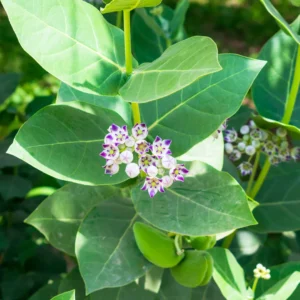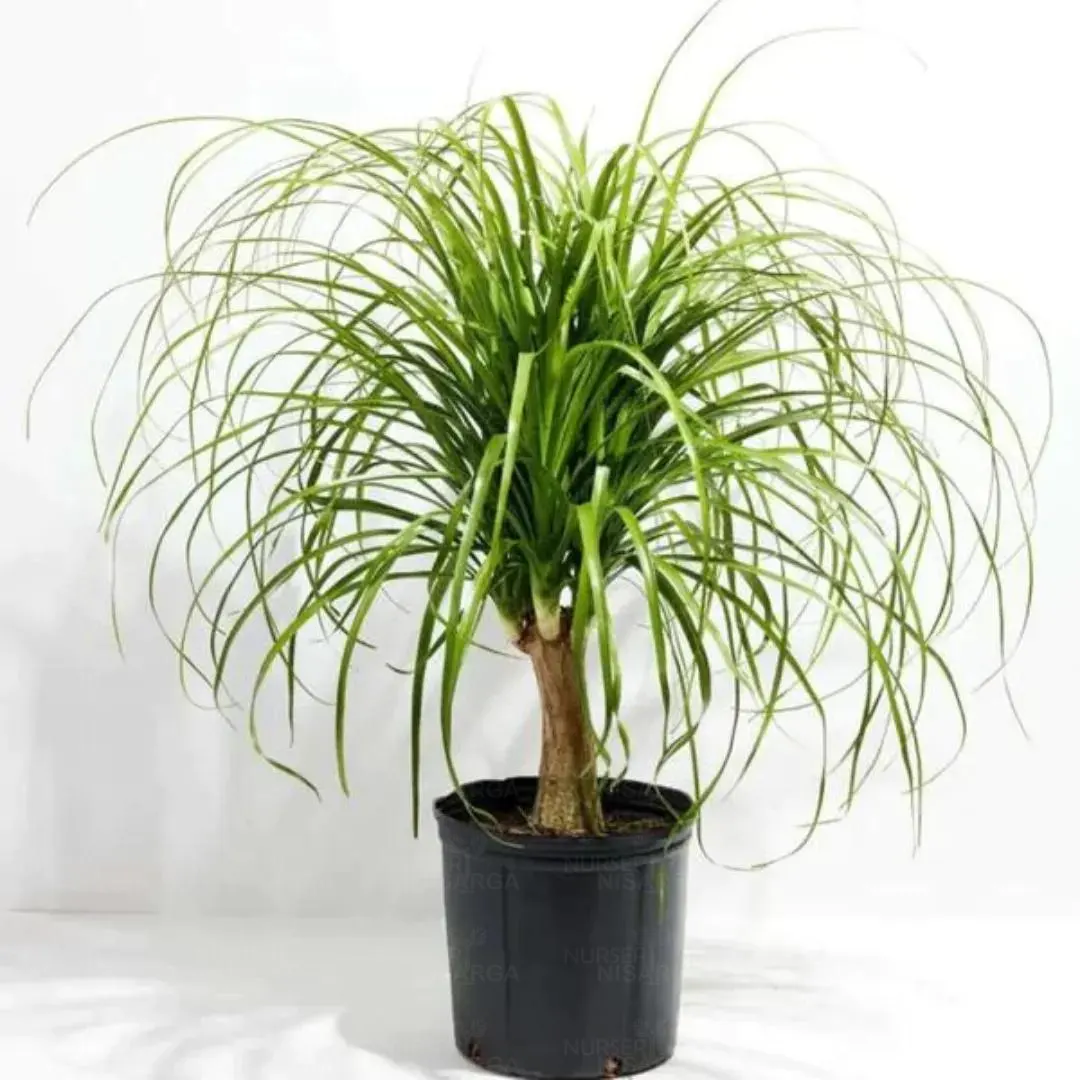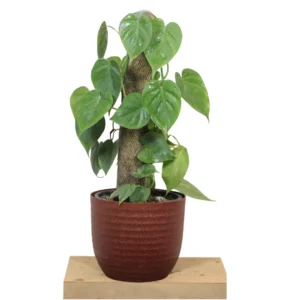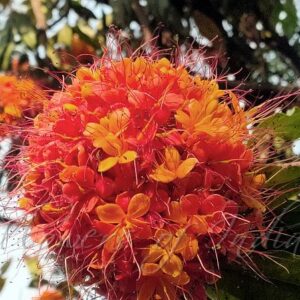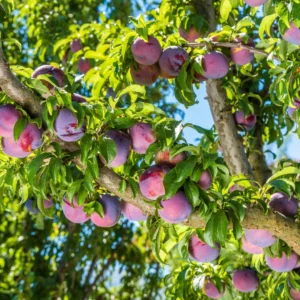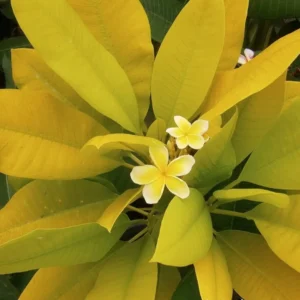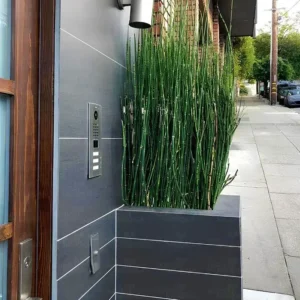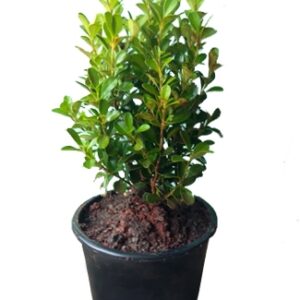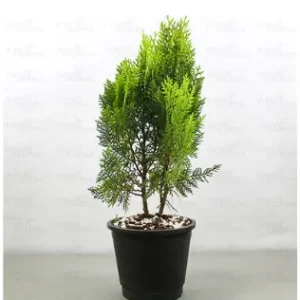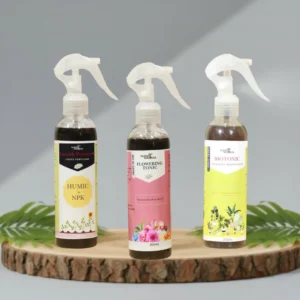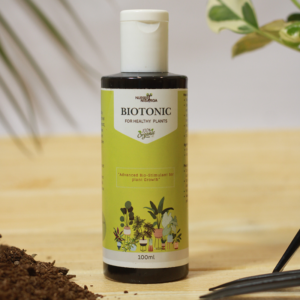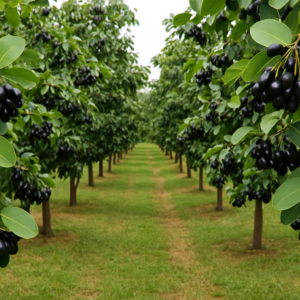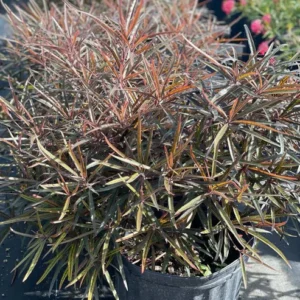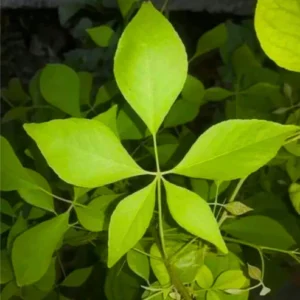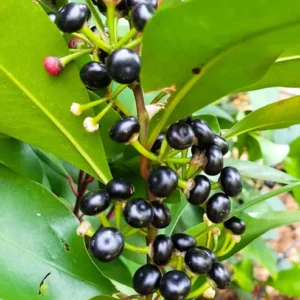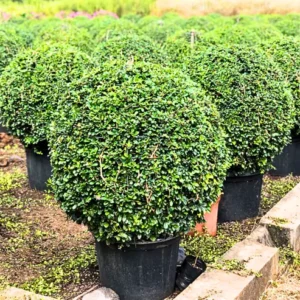Flowers: The Aaknad plant produces star-shaped flowers that can be white or lavender, arranged in clusters. These flowers are not only beautiful but also attract pollinators like bees and butterflies.
Leaves: The leaves are large, oval, and have a gray-green color with a soft, velvety texture.
Sap: The plant contains a milky sap, which has been used in traditional medicine but should be handled with care as it can be toxic if ingested.
Medicinal Uses: Aaknad plant have been used in folk medicine to treat ailments such as fevers, skin diseases, and respiratory issues. However, it’s important to consult with a healthcare professional before using any plant for medicinal purposes.
Planting Steps-
- Choose a Location: Select a sunny spot in your garden that receives at least 6-8 hours of direct sunlight daily.
- Prepare the Soil: Ensure the soil is well-drained. If needed, amend the soil with compost to improve drainage and nutrient content.
- Dig a Hole: Dig a hole twice as wide and as deep as the plant’s root ball.
- Planting: Place the Aaknad plant in the hole, ensuring the top of the root ball is level with the ground surface.
- Backfill and Water: Fill the hole with soil, firming it gently around the plant. Water thoroughly to help the plant establish its roots.


